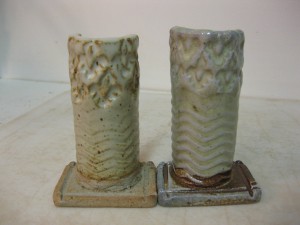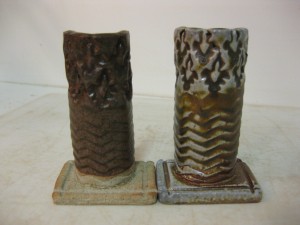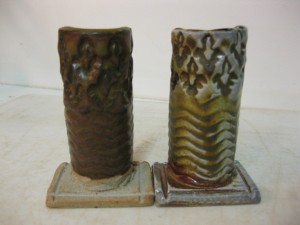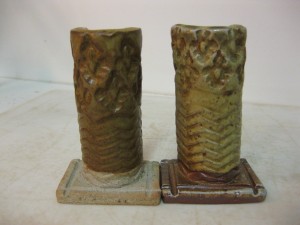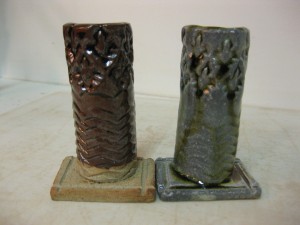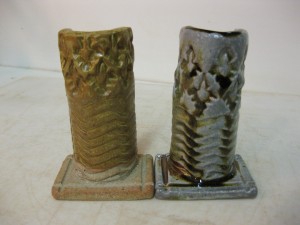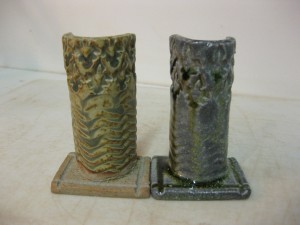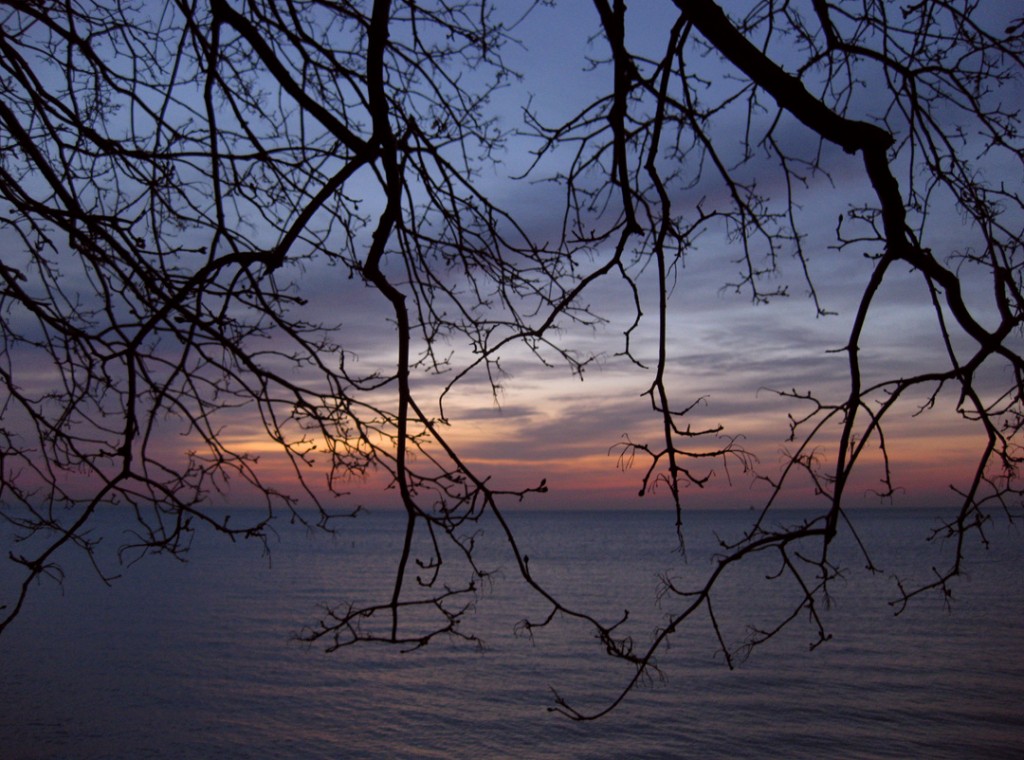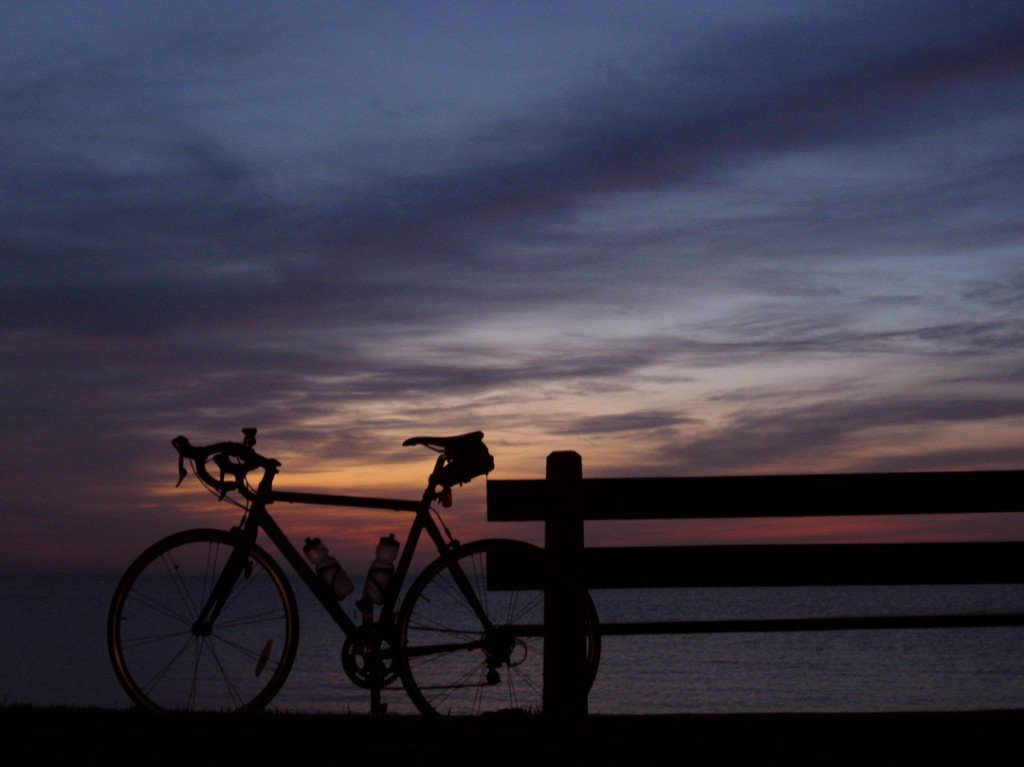So my textured glaze test tiles have made it through their kilns.
Some in a regular cone 10 reduction gas kiln, and others in a cone 10 soda kiln.
Remember, I was testing some new glazes that were “abandoned” in the studio and I claimed.
Free glaze is free glaze! But I wanted to see what they looked like on top of my textures –
as well as how the soda kiln atmosphere would affect the glazes. Keep in mind that the soda
mixture we add to the kiln works as a flux, the “melty” part of a glaze. So frequently, when
a glaze is used in the soda kiln, it can change colors chemically, and become a lot runnier.
Here are my results, side by side, with the soda fired test tile on the right.
Some of the glazes worked well. Some didn’t. Some are just brown. Some are just beige.
As you may already know… I’m not a fan of BEIGE. In my colors, my pots, my food, my life!
I am intrigued by some of them though. I especially like how some of the samples worked well
in the soda kiln and helped to accentuate the stamping textures without obliterating it in glaze.
The test was a success, as I now know a lot better what these “bonus” glazes look like.
The downside being that the glaze recipes weren’t left behind with the buckets of glaze.
So when they’re gone, I may or may not be able to make more glaze… I’ll need to do some
glaze recipe research for those glazes that work well.
Also, while I was testing, and had a few extra test tiles to use, I decided to try a
low fire glaze that I had heard rumors of working really well in the soda kiln.
I’ve never used it before… but after seeing this test tile, I’m definitely intrigued.

